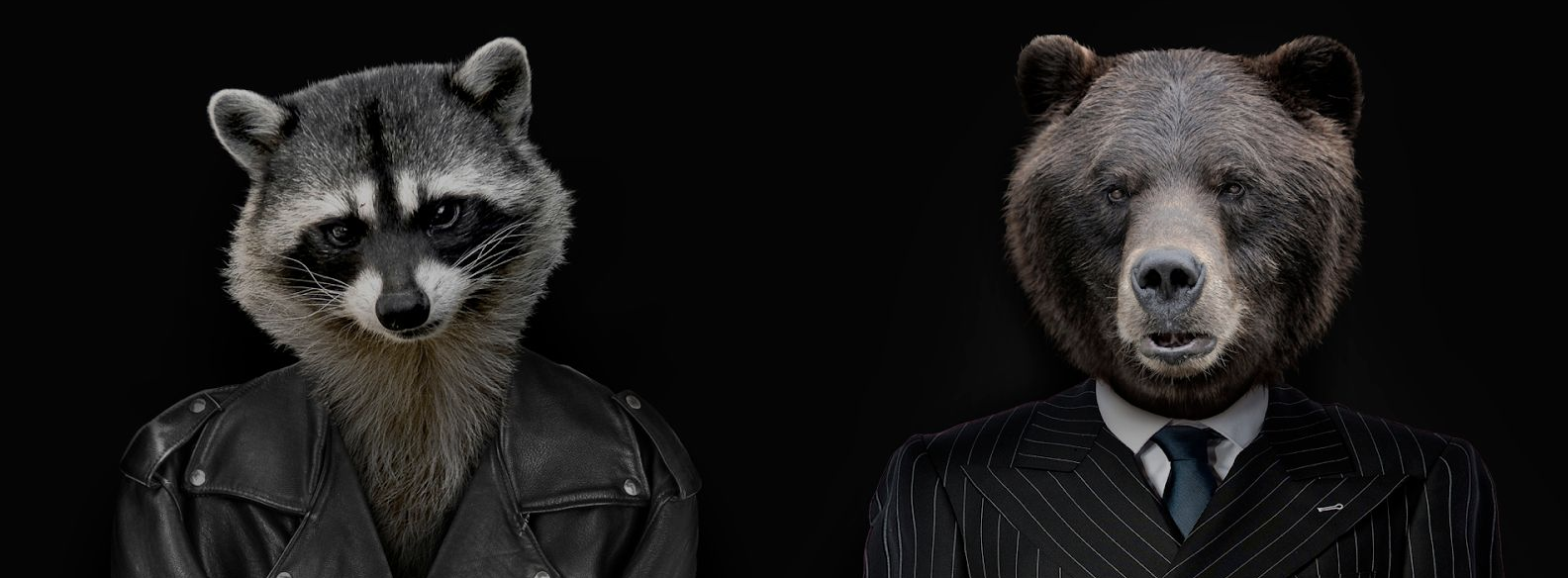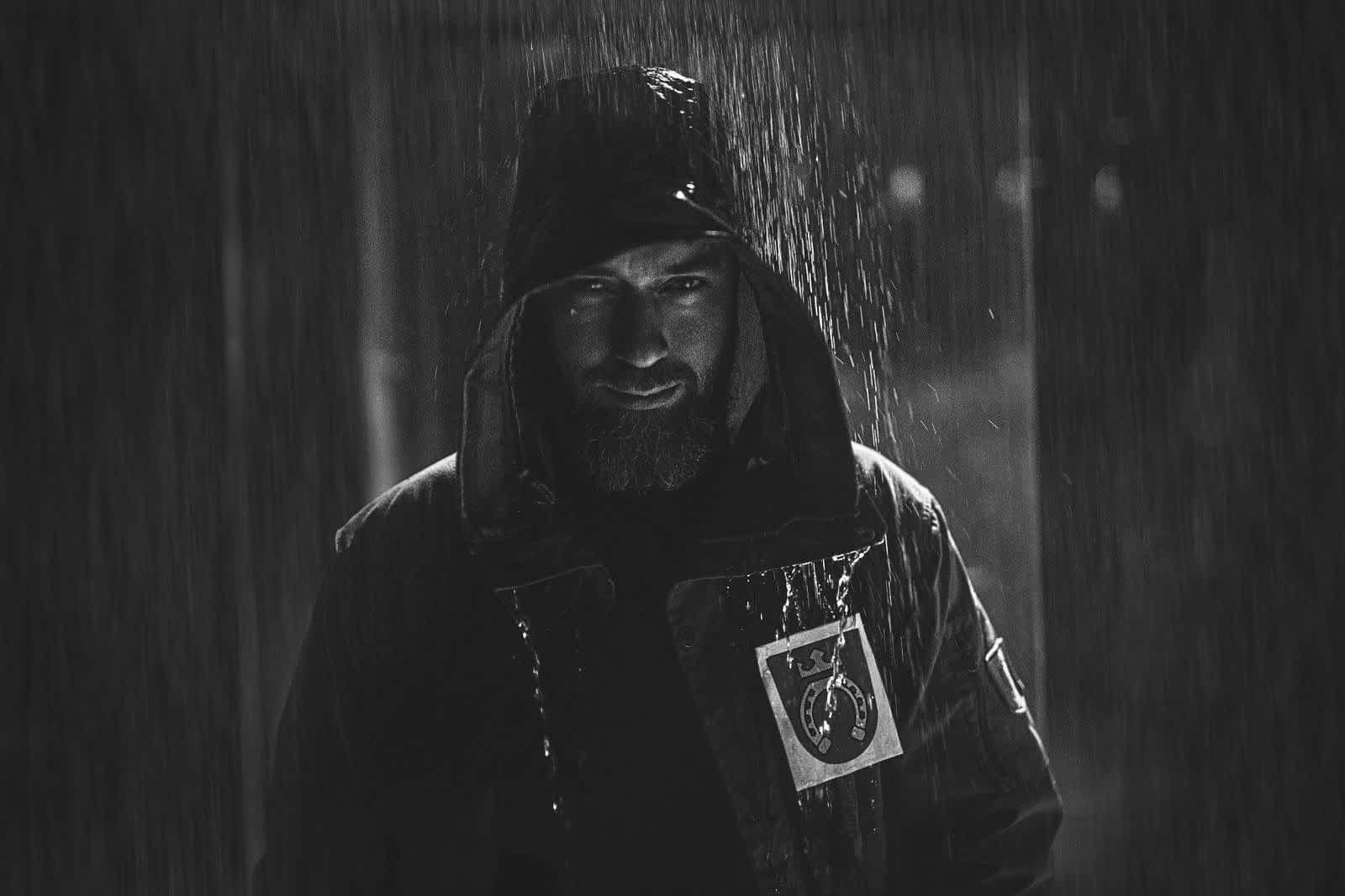Wunderdog looks and feels like the Doggos that work at Wunderdog. We wanted them to tell you in their own words who they are and what they do!
Cheers! I’m Kanki, a Service Designer by profession and a landholder by noble rank — which means I mostly wander in roadless forests and I’m lovin’ it!
It’s been almost four years since I heard of Wunderdog for the first time from a re-posted job ad. What caught my eyes immediately were the brand animals (back then, the Wunderdog brand was all about animals). And the next thing I knew I woke up in the universe of digital consultancy. Since then our brand has evolved quite a bit, and our animals have gone to summer pasture. Regardless, as a company, we still have what counts to me: friskiness and curiosity.
Coming from designing for Finland’s oldest organisation, Church in Finland, I feel I’ve now seen the Finnish organisational extremes.
Personally, the past four years have been a professional leap for me. Coming from designing for Finland’s oldest organisation, Church in Finland, I feel I’ve now seen the Finnish organisational extremes. Strange enough, when it comes to working culture, both rely primarily on being self-guided as an employee. The biggest differences are perhaps the pace and agility. I have sometimes wondered that it’s about how organizations understand time. In a business-driven organization their functions may easily seem like tennis, where the tempo is affected by the speed of the court, whereas an NGO or a GO functions with a slower pace which is more like chess. In my past work, my former employer's idea of time was closer to eternity. (pun intended)

I like to divide design work in half: building concepts and crafting products of them. Concepts come in many forms; facilitation session post-it walls, plain text, slideshows, posters, quick web pages and visual or even haptic prototypes, just to mention a few. It’s all about trying to get a stakeholder consensus on what should be done next. This is what I often concentrate as a Service Designer.
Digital crafting usually happens in a small team, more often as a team process rather than a designer-show-off document. If the preliminary concept looks polished, the designer’s role in the implementation phase can sometimes be smaller. In some cases, I’ve spent up to a year with a team drawing layouts and finishing details. Thus, my daily or weekly work varies depending on the case.
I believe being in the consultant’s role, even for a short period improves one’s professionalism.
For design, I usually resort to Sketch, as I can do most things with it. I’m pretty new to Figma, but it seems like collaborative art design tools might make a larger difference. I’ve tried to play with some fresh tools like Invision Studio or Framer X, but the closer I come to animation and code, the stronger I remember I’m most at home doing design research, recapitulating stuff and working toward better internal communication. For those, the most important tool in my opinion, is listening. By listening carefully and making clear analysis one can go far.
I believe being in the consultant’s role, even for a short period improves one’s professionalism. It forces you to think faster, being one step ahead and switching your mentality to servant mode. As a reward, you get to see companies, cultures, products and people you would not have seen otherwise. And at Wunderdog, it’s also the incredible colleagues who make the days meaningful.
At Wunderdog, it’s also the incredible colleagues who make the days meaningful.
When I look back and try to remember why I got into design, two memories come to my mind. During my late teens, I remember being naively impressed by classic Finnish design, the glass stuff and Marimekko (the utopia rather than the clothes).
Then, during my master’s studies in industrial design, I remember a course discussion about attendees’ professional motivations. My reason “to bring order to the chaos” raised some eyebrows.
A little later I listened to Dan Brown’s “The Lost Symbol” as an audiobook. Still hearing the ultimate words “Ordo Ab Chao” in my head recited by the rugged Finnish narrator Lars Swedberg, I remind myself from time to time to calm down and just try to sharpen that famous designer’s eye for detail.
